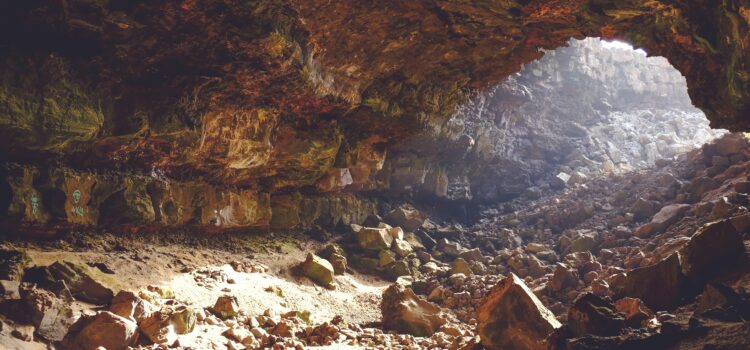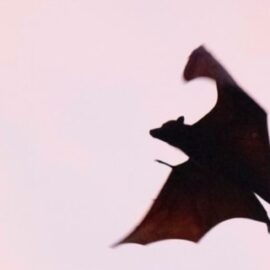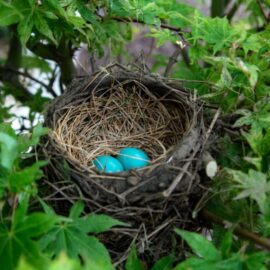

This article is an excerpt from the Shortform summary of "The Hot Zone" by Richard Preston. Shortform has the world's best summaries of books you should be reading.
Like this article? Sign up for a free trial here .
Where is Kitum Cave? What does Kitum Cave have to do with Ebola?
Kitum Cave is a cave in Mount Elgon that has prime conditions for a virus to form. Some scientists theorize that Ebola originated around Mount Elgon, in a region on the border of Kenya and Uganda.
Read more about Kitum Cave and how Ebola may have originated there.
Kitum Cave: The Origin of Ebola?
Scientists don’t know where the viruses’ unknown hosts live, but most cases of Ebola trace back to the region around Mount Elgon, an extinct volcano on the border of Kenya and Uganda, not far from Sudan. The mountain is an ecological rarity: It houses a rainforest amid arid African savannas.
Specifically, a few cases have traced back to Kitum Cave, a massive cave 8,000 feet up the eastern side of the mountain. Kitum Cave is a perfect environment for Ebola to develop for a few reasons.
First, Kitum Cave is unusually dry and dusty, which are ideal conditions for viruses. Viruses generally don’t last long in sunny or moist environments, but in dry, dark places they can lie dormant for long periods of time, waiting to find a host.
Most caves are carved by water, and they would be too damp for viruses to thrive. But scientists believe the elephants who visit the cave in search of salt carved Kitum Cave through thousands of years of incessant scratching at the rocks with their tusks.
Second, myriad animals, big and small—including monkeys, leopards, rats, and shrews—frequent the cave. The inter-species traffic and the enclosed space create prime conditions for a virus to jump species.
Most of the time, Ebola and its related viruses remain in hiding. But when the viruses have emerged, they’ve devastated local villages and, occasionally, distant cities in other countries and continents. In this summary, we’ll talk about what happened during these outbreaks and the potential for future outbreaks.
Visiting Kitum Cave
Four years after Ebola Reston hit the monkey house, the author of The Hot Zone, Richard Preston, took his own journey to Kitum Cave to research Ebola. Preston wanted to look around the cave, where the subject of all his research presumably originated.
When he arrived near Kitum Cave, he set up camp in the same area where Charles Monet had camped on New Year’s Eve, 13 years earlier.
Preston Explores Cautiously
The author knew all too well the risks the cave held. In an abundance of caution, he brought all the pieces of a Level 4 biological space suit for fieldwork, including a mask with air filters. He even brought bleach to decontaminate his suit after exiting the cave.
As the author approached and explored the cave, he was acutely aware of every possible virus host and exposure risk that he encountered, including:
- The nettles on the path to the cave that created tiny punctures in the skin, and which could carry the virus
- The swarm of moths and other flying insects that whirled around the mouth of the cave
- Sharp salt crystals that lined portions of the walls and roof
- Sharp fragments of rock scattered on the ground
- The guano (bat droppings) of fruit- and insect-eating bats that covered many surfaces of the cave
- Abruptly low ceilings in certain places, which made it easy to bump and cut your head
- Spiders that lived deep in the cave, which could have contracted the virus from insects they ate, and which could infect a person with a bite

———End of Preview———
Like what you just read? Read the rest of the world's best summary of Richard Preston's "The Hot Zone" at Shortform .
Here's what you'll find in our full The Hot Zone summary :
- The many different strains of Ebola, including the deadliest kind with a kill rate of 90%
- How scientists unraveled the mystery of a new strain of Ebola
- How Ebola could become airborne, becoming one of the deadliest viruses known






